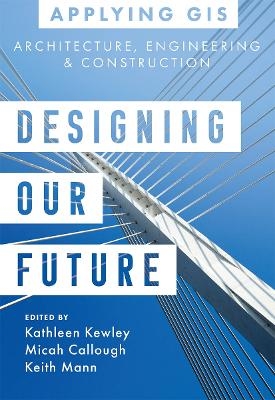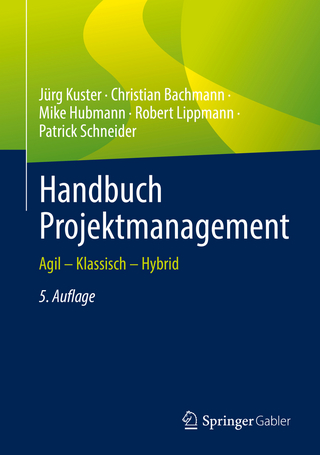
Designing Our Future
Environmental Systems Research Institute Inc.,U.S. (Verlag)
978-1-58948-723-9 (ISBN)
Learn how architecture, engineering, and construction (AEC) firms work to improve sustainability objectives and advance new ideas about creating more livable cities, workplaces, and campuses as they create greater operational efficiency.
Location intelligence is changing how land development and large infrastructure projects take shape. From new residential construction to planning a modern urban experience to building a high-speed rail system, a geographic approach helps pave the way to better, more sustainable designs.
In Designing Our Future: GIS for Architecture, Engineering & Construction, see how the AEC industry is implementing geographic information systems (GIS) to improve workflows, bring context to large undertakings, and increase collaboration between governments, contractors, partners, and the public. With GIS, architects, engineers, and construction professionals are discovering new efficiencies, gaining deeper insights about complex projects, and transforming the way they plan, design, build, and operate in the built and natural environments.
In this collection of case studies and “how to” guidance, gain an overview of how GIS was used to:
Reduce the carbon footprint and mitigate future climate-related damage from a cross-country, high-speed rail project in the US
Document all above and below ground assets such as utility services, electric, gas, surface water and sewer drainage for a local transportation agency
Plan maintenance for and respond to hazards from aging structures and vulnerable hillsides using drones in Japan
Designing Our Future: GIS for Architecture, Engineering & Construction also includes a “next steps” section that provides ideas, strategies, tools, and actions to help jump-start your own use of GIS. A collection of online resources, including additional stories, videos, new ideas and concepts, and downloadable tools and content, complements this book. -- Keith Mann
Kathleen Kewley is a director for AEC at Esri. She has over 20 years of experience working with executive leadership of global engineering, architecture, consulting, and constructions firms. Prior to joining Esri, Kathleen spent 10 years at Autodesk in key business development roles helping the industry transition to 3D geospatial and building information modeling (BIM). Micah Callough is a technical director for AEC at Esri. He focuses on building location analytics and GIS solutions for the architecture, engineering, and construction industry. Micah has over 20 years of technical and business experience, including cloud and data lake development, and product management. He also served as vice president of technology/data projects at Arcadis. Keith Mann is a principal content strategist for Esri Press. He is a writer, developmental editor, and contributor to books, such as the GIS for Science series and the Applying GIS series of books, including Delivering Water and Power, Building a Smarter Community, Moving Forward, Valuing Place and Purpose, and Designing Our Future.
Introduction
Stories and strategies
How to use this book
Part 1: Environment and sustainability
Part 2: Design and engineering
Part 3: Health equity
Part 4: Construction and performance
Part 5: Assets and infrastructure
Next steps
Contributors -- Keith Mann
| Erscheinungsdatum | 12.10.2022 |
|---|---|
| Reihe/Serie | Applying GIS |
| Zusatzinfo | Illustrations |
| Verlagsort | Redlands |
| Sprache | englisch |
| Maße | 139 x 203 mm |
| Themenwelt | Schulbuch / Wörterbuch ► Lexikon / Chroniken |
| Technik ► Architektur | |
| Wirtschaft ► Betriebswirtschaft / Management ► Projektmanagement | |
| ISBN-10 | 1-58948-723-0 / 1589487230 |
| ISBN-13 | 978-1-58948-723-9 / 9781589487239 |
| Zustand | Neuware |
| Haben Sie eine Frage zum Produkt? |
aus dem Bereich


